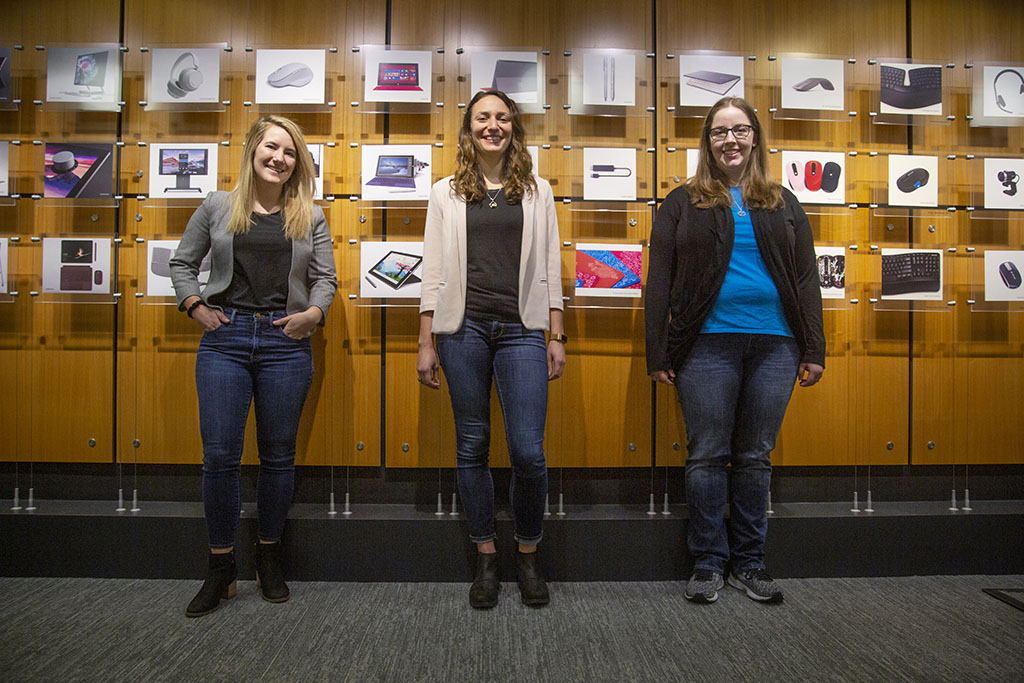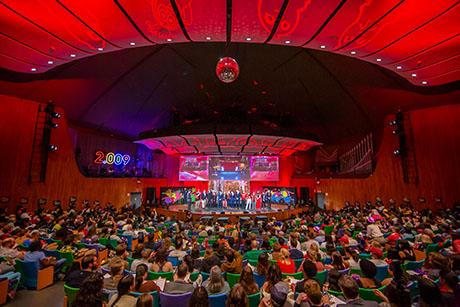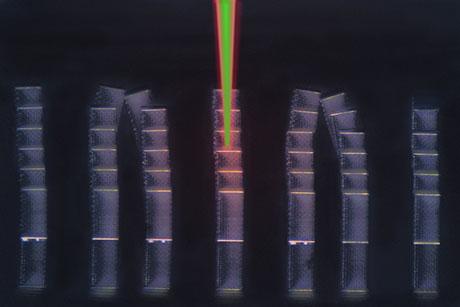Alumni Profile: Jacklyn (Holmes) Herbst ’10 MEngM ‘11, Isabella DiDio ‘16, and Ann McInroy ‘18
Where Design Meets Assembly: MechE at Microsoft
Microsoft’s sprawling campus in Redmond, Washington houses over 40,000 of its employees. It contains 125 buildings across 502 acres of land. Despite the vastness of its campus, three MechE alumnae found themselves not only in the same building, but working for the same team.
“It’s great having a small part of the MechE community here,” says Ann McInroy ’18, who joined Microsoft as a Design for Assembly Mechanical Engineer in August of last year. “We have this shared experience and knowledge base.”
McInroy joined fellow alumnae Jacklyn Herbst ’10 MEngM ’11 and Isabella DiDio ’16 as a member of the DFA – or Design for Assembly – Team. The DFA Team is a part of the overarching DFX – or Design for Excellence – Team at Microsoft.
The DFA Team helps facilitate a product’s journey from initial prototype through to mass production. “In the early stages of any product, our team works with the mechanical design team to optimize the parts so they are easy to assemble,” explains DiDio.
Once the team has a working prototype of a design, they analyze the product to confirm it can be made at scale. Whether it’s a power button on Microsoft’s Surface Pro or a screw in the HoloLens headband, the team ensures every component of a product lends itself to manufacturability.
“After the design is finished, we are in charge of outlining all of the steps for mass producing the product in the factory,” explains McInroy. “It’s a cool ‘in-between’ stage that not every company has.”
While the three often work on different products or different phases of the development cycle, they bring their shared experiences studying mechanical engineering at MIT to help each other solve problems.
“There’s a lot of cross-product problem solving on our team,” explains Herbst. “If Ann or Isabella are stuck on some part of the process they can come to the team for guidance. Having a strong MechE connection on the team definitely helps us when we are solving those problems.”
Herbst was the first to join Microsoft’s DFA Team in January 2016. After earning her bachelor’s in mechanical engineering in 2010, she enrolled in the Master of Engineering Manufacturing (MEngM) degree. She worked with Brian Anthony, Principal Research Scientist, on developing a new way of producing electrodes for Daktari Diagnostics.
Herbst then moved-on to Boeing for four years before joining Microsoft. During her time at Boeing, she worked on installation planning for commercial airplanes as well as dimensional management. “At Boeing I was very specialized in what I did, but the work I do at Microsoft provides a much broader view of getting a product from design to mass production,” adds Herbst. One of Herbst’s first tasks was working on the Surface Book i7 model.
Eight months after Herbst started at Microsoft, Isabella DiDio walked into her office. “On my first day, my manager brought me around to everyone’s office to introduce me,” recalls DiDio. “When he brought me to Jackie’s office he told me that Jackie also went to MIT and made us do a fist bump with our MIT class rings.”
As an undergrad at MIT, DiDio was most impacted by class 2.008, Design and Manufacturing II. Students in 2.008 are charged with designing a yo-yo and producing fifty copies. “That class really opened my eyes to manufacturing and the bigger picture of any consumer product,” says DiDio. The experience inspired her to pursue an internship on Microsoft’s manufacturing team.
After graduating with her bachelor’s, DiDio joined Microsoft full time as a DFX Engineer. One of her first projects was working on the Microsoft HoloLens, a holographic computer that users wear like sunglasses.
“For the HoloLens I helped set the entire assembly flow including the order all the parts are assembled in and instructions for operators at our contract manufacturer,” explains DiDio.
About a year after starting at Microsoft, DiDio served as a peer mentor for a group of interns, one of whom was Ann McInroy.
McInroy was inspired by classes like 2.72, Elements of Mechanical Design, taught by Professor Martin Culpepper, to pursue a career in manufacturing. In the class, students design and construct a single prototype of a high-precision desktop manual lathe. “That class built my confidence as an engineer,” recalls McInroy. “It helped push me toward a career that incorporated some aspects of design and manufacturing.”
While applying for internships, McInroy was drawn to the blend of design and manufacturing offered at Microsoft. As an intern, she helped refine the design of various buttons – such as the power or volume buttons – to ensure they could easily be manufactured at scale.
McInroy joined the DFA Team after graduating from MIT last summer. Being a part of a small tribe of MechE alumnae working on the same team is something she doesn’t take for granted.
“I really appreciate having a cohort of women engineers that I belong to here at Microsoft,” McInroy adds.
While the trio are at varying stages of their careers and have taken different paths to Redmond, they often draw upon their time at MIT.
“We still talk about some of those MechE connections – we talk about our products in 2.009 or our yo-yos in 2.008,” adds Herbst. “That common bond helps us when we are working together.”




